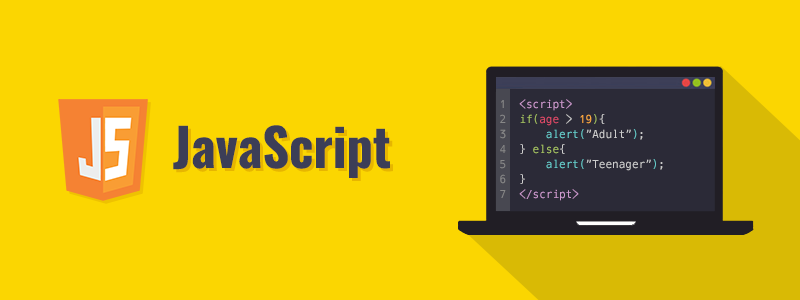
JavaScript is one of the most popular programming languages, widely used for front-end and back-end development. Over the years, several frameworks and libraries have emerged to simplify and enhance JavaScript development. This article provides an in-depth overview of four key JavaScript tools: React.js, Vue.js, Angular.js, and jQuery.
1. React.js
Overview
React.js, developed by Facebook (now Meta), is a popular JavaScript library for building user interfaces (UIs), particularly single-page applications (SPAs). It follows a component-based architecture, allowing developers to create reusable UI components.
Key Features
- Virtual DOM: Enhances performance by updating only changed parts of the actual DOM.
- Component-Based: UI is built using independent, reusable components.
- One-Way Data Binding: Ensures a unidirectional data flow, making debugging easier.
- JSX (JavaScript XML): Allows developers to write HTML-like syntax within JavaScript.
- React Hooks: Enables state and lifecycle management without using class components.
Use Cases
- Web Applications: Facebook, Instagram, WhatsApp Web.
- SPAs: Dashboards, social media platforms.
- Mobile Applications: React Native for cross-platform mobile development.
Pros
✔ High performance with Virtual DOM. ✔ Strong community and vast ecosystem. ✔ Supports server-side rendering (Next.js).
Cons
✘ Steeper learning curve for beginners. ✘ Fast-paced updates may require frequent learning.
2. Vue.js
Overview
Vue.js is a progressive JavaScript framework that is easy to integrate into projects. Created by Evan You, Vue is known for its simplicity, flexibility, and performance.
Key Features
- Reactive Data Binding: Uses the Vue reactivity system for efficient data updates.
- Component-Based Architecture: Enables code reusability.
- Directives: Built-in directives like
v-if,v-for, andv-bindenhance HTML functionality. - Vue Router & Vuex: Provides routing and state management solutions.
Use Cases
- Small to Medium-Sized Applications
- SPAs & PWAs (Progressive Web Apps)
- Prototypes and MVPs
Pros
✔ Simple and easy to learn. ✔ Lightweight and fast. ✔ Flexible for both small and large-scale applications.
Cons
✘ Smaller ecosystem compared to React and Angular. ✘ Limited corporate backing (compared to React and Angular).
3. Angular.js
Overview
Angular.js (Angular 1.x) was developed by Google as a front-end framework for building dynamic web applications. However, it has been largely replaced by Angular (2+), which is a full-fledged framework.
Key Features
- Two-Way Data Binding: Synchronizes data between the model and the view automatically.
- Dependency Injection: Enhances modularity and testability.
- Directives: Extends HTML with custom attributes.
- MVC Architecture: Follows Model-View-Controller for structured development.
Use Cases
- Enterprise Web Applications (e.g., Google Apps, Microsoft services)
- Large-scale applications with complex requirements.
Pros
✔ Built-in features for handling complex applications. ✔ Backed by Google and widely used in enterprise-level projects. ✔ Strong security features and scalability.
Cons
✘ Complex for beginners due to its steep learning curve. ✘ Performance issues in large applications if not optimized properly. ✘ Angular.js (1.x) is no longer actively maintained (Angular 2+ is recommended).
4. jQuery (Legacy)
Overview
jQuery is a lightweight JavaScript library that simplifies DOM manipulation, event handling, and AJAX interactions. Though modern frameworks have largely replaced jQuery, it remains useful for legacy projects.
Key Features
- DOM Manipulation: Simplifies selecting and modifying HTML elements.
- Event Handling: Provides a simple way to manage user interactions.
- AJAX Support: Makes asynchronous calls easy.
- Cross-Browser Compatibility: Resolves browser inconsistencies.
Use Cases
- Legacy Websites & Applications
- Small projects that need simple interactivity
- Enhancing older websites without rewriting from scratch
Pros
✔ Easy to learn and use. ✔ Wide browser compatibility. ✔ Rich plugin ecosystem.
Cons
✘ Slower performance compared to modern frameworks. ✘ Not ideal for large-scale applications. ✘ Many features are now built into JavaScript natively (e.g., fetch for AJAX).
Conclusion
Each JavaScript framework or library serves different purposes:
- React.js is great for SPAs and scalable applications.
- Vue.js is beginner-friendly and suitable for lightweight applications.
- Angular.js (now Angular) is ideal for enterprise-level applications.
- jQuery is best for maintaining legacy projects and quick scripting.
When choosing a JavaScript framework, consider project requirements, team expertise, and scalability needs. If you're starting fresh, React.js and Vue.js are excellent choices for modern development, while Angular suits enterprise applications, and jQuery is useful for older systems.
Do you have a favourite JavaScript framework? Let us know in the comments!
Leave a Comment